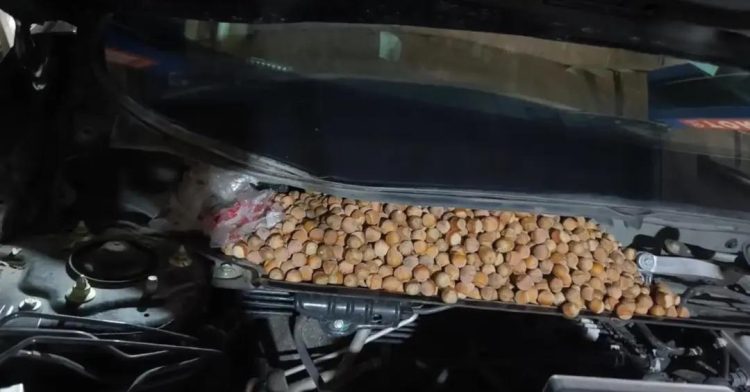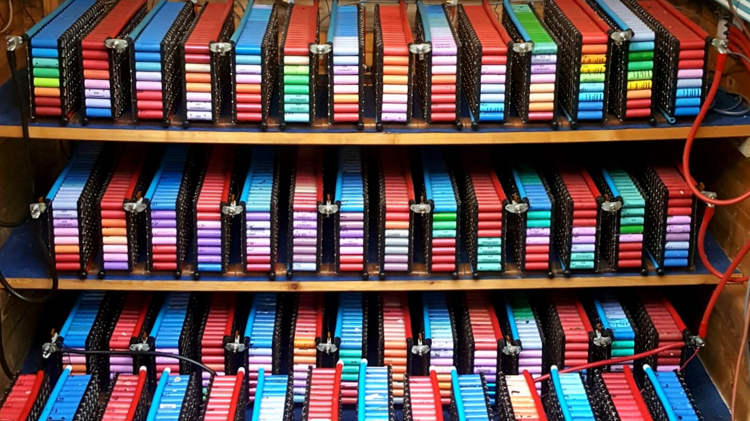Late last month, German artist Michael Sailstorfer made a surprising announcement – he said that he had buried 24-carat gold bars on the Outer Harbor beach in the town of Folkestone, in South East England, and that it was ‘finders-keepers’. In the wake of this unusual news, hundreds of people have been thronging the beach, hoping to uncover at least a small portion of the hidden fortune.
The eccentric artist said that the project was his contribution to the town’s art festival, The Folkestone Triennial, which began last Saturday. He named the installation ‘Folkestone Digs’, and described it as a unique project to get people involved in art. The event was funded by Bristol-based designers ‘Situations’.
As a part of the installation, Sailstorfer hid 30 gold bars of varying sizes – 10g and 20g – in the sands of Outer Harbor. It might not sound like much, but each bar could be worth hundreds of dollars, and people get to keep everything they find. Sailstorfer encouraged people to start their search a couple of days before the festival actually started. As expected, hundreds of diggers turned up at the beach with buckets and spades, hoping to strike gold.
Photo: Love Folkestone
Since the beach is only accessible at low tide, treasure-hunters have a narrow, five-hour window (from 4:00 pm to 9:00 pm) each day to find their fortune. Witnesses say that within half-an-hour of the tide dropping on the first day, around 150 eager diggers had crowded the small beach, hoping to get lucky. At least a thousand more arrived over the next few days.
Apart from the fun of digging for gold, organisers of the festival believe that the mass digging of the beach actually creates a piece of land-art that’s washed away when the tide comes back in. The process starts all over again the next day.
Photo: Love Folkestone
“It’s participatory artwork,” said festival organizer Lewis Biggs. “It’s about people coming to the beach and digging and possibly finding hidden treasure. Some people will get lucky, some people will not get lucky. That’s life.”
“The piece lasts forever, because no one will ever know if all the pieces have ever been found or not. A lot of people won’t admit to having found one even if they have. Would you? We see no end to the artwork. It is meant to be a lot of fun.”
“So often, public art funding is spent on a static sculpture or a bauble on a roundabout and part of what we do is to say, actually sometimes a temporary project can have as much impact in the collective memory as something that has been there a long time,” added festival director Claire Doherty.
Photo: Love Folkestone
“Plus it is childlike, children search for treasure and the seaside is absolutely about that,” she said. “The digging will be no different to what has been happening all summer.” Organisers have put safety plans in place, should the venue get too crowded. A number of metal washers have also been buried, to prevent people from using metal detectors to find gold.
Berlin-based Sailstorfer is well-known for the extremely strange projects he often embarks on. He says that his goal is to change the way people look at a place. His previous work includes collecting fallen autumn leaves, painting them green and reattaching them to a tree, so that it looks like spring. One time, he fed the rotting wooden walls of a cottage to a wood burner, until there was nothing left of it.
Folkestone Digs is his brainchild, but he’s chosen not the be present at Folkestone for the event. He simply wants to let the work unfold. “As simple as that.”
Sources: The Guardian, Express.co.uk
















